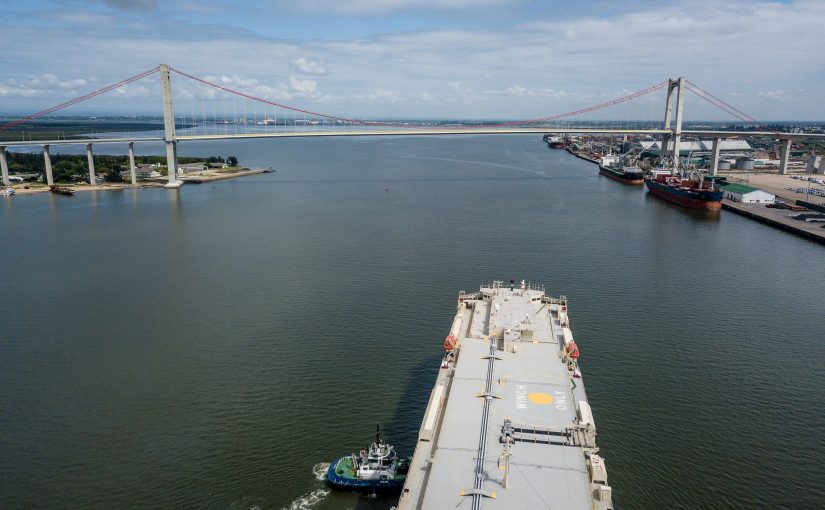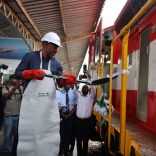Mozambique limits beverage alcohol to agricultural ethanol only - Watch
Mozambique. Sharp fall in transit trade in Maputo port

File photo: Port Maputo
The port of Maputo recorded a drop of 13 per cent in the volume of cargo in transit handled in the January-August period this year, compared with the same months in 2019.
In the first eight months of 2019, the port handled 8.1 million tonnes of cargo in transit, compared with only seven million tonnes in the same period this year.
Most of the transit trade is to or from South Africa. For businesses in much of South Africa, it is much quicker and more convenient to use Maputo than the South African ports of Durban or Richards Bay.
But South African trade went into sharp decline when the Pretoria government imposed one of the most severe lockdowns in the world, in an attempt to halt the spread of the coronavirus pandemic.
The general manager of the port of Maputo, Osorio Lucas, told AIM “Maputo Port mainly handles cargo in transit, and 65 per cent of the total cargo comes from South Africa. Since the announcement of the lockdown in South Africa, the activities of Maputo Port have suffered a considerable impact”.
The rest of the cargo is mostly Mozambican, with only small amounts from Zimbabwe and Eswatini.
Despite the gradual easing of the restrictions imposed by the South African and Mozambican governments, there are still enormous challenges on the borders, said Lucas, notably with the movement of minerals by truck. The flow of trucks has declined by 37 per cent.
The main South African mineral using the port is ferro-chrome. Lucas claimed that, prior to the pandemic, the port was receiving 414 truckloads of chrome per day (an extraordinary figure that would mean a truck was arriving at the port every three and a half minutes).
Turn-around time (from the South African mine to Maputo port and back) was just 25 hours. But after Covid-19 struck, the number of chrome trucks fell to 261 a day, and the turn-around time increased to 96 hours.
Lucas said that, to overcome the challenges posed by the pandemic, the port has embarked on digitalisation in order to reduce operational costs and improve efficiency.
Despite the negative impact of Covid-19, the Maputo Port Development Company (MPDC) decided to continue investing in critical port facilities, aligned with investments made by the South African and Mozambican rail companies, to stimulate the use of the railways to carry cargo to the port.
This work includes rehabilitating four quays that are currently out of use, and dredging these quays from the current 12 metres of depth to 16 metres for quays 6, 7 and 8, and to 15 metres for quay 9.













Leave a Reply
Be the First to Comment!
You must be logged in to post a comment.
You must be logged in to post a comment.